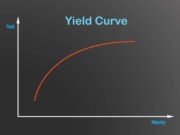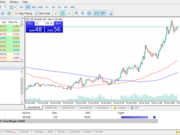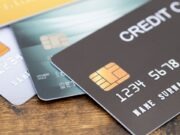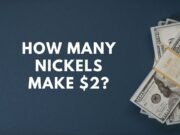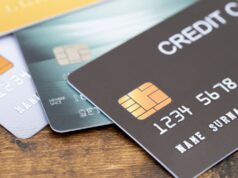What is a ‘Canceled Check’
A canceled check is a check that has cleared the depositor’s account and has been marked “canceled” by the bank. A canceled check has been paid by the drawee bank and endorsed by the payee, the payee’s bank and the Federal Reserve Bank. Canceled checks can also be used as proof of payment. Next Up Check Crossed Check Check Safekeeping Rubber Check
Explaining ‘Canceled Check’
Traditionally, canceled checks were returned to account holders each month with their monthly statements. That is now rare, and most check writers receive scanned copies of their canceled checks, while the banks creates digital copies for safekeeping. By law, financial institutions must keep canceled checks or the capacity to make copies of them for seven years. In most cases, customers who utilize online banking can also access copies of their canceled checks via the web. While many banks charge for paper copies of canceled checks, customers can typically print copies from the bank’s website for free.
How Canceled Checks Work
A canceled check is the last step in the traditional check cashing process. To illustrate, imagine Jan writes a check to Bob. Bob takes the check to his bank and deposits it. The bank credits Bob’s account in the amount of the check. In some cases, the credit takes place automatically, and in other cases, there is a delay on all or a portion of the funds until the check clears. Bob’s bank sends the check to Jan’s bank. Jan’s bank debits Jan’s account for the amount of the check, and it stamps the check as canceled.
Difference Between a Canceled Check and a Returned Check
While a canceled check is honored by the bank, a returned check is not honored. If someone writes a check and there is not enough money in his account to cover it, the bank may decide to return it. This means the bank sends it back to the account into which it was deposited.
Further Reading
- The real effects of financial constraints: Evidence from a financial crisis – www.sciencedirect.com [PDF]
- The Role of Canceled Warrants in the LME Market – www.mdpi.com [PDF]
- Fundamentals of Islamic Economics, Finance, and Banking: A Conceptual Review – papers.ssrn.com [PDF]
- An alternative campaign finance reform: public “laundries” for secret cash contributions – link.springer.com [PDF]
- How consumers choose a financial institution: decision-making criteria and heuristics – www.ingentaconnect.com [PDF]



